
Parts of the Caribbean are conducting search and rescue operations and surveying the extensive destruction Hurricane Melissa brought to the region, leaving dozens of people dead and drawing an outpouring of support from the international community.
Melissa tore through the Caribbean as one of the most powerful storms in recorded history and made landfall in Jamaica on Tuesday as a deadly Category 5 hurricane. By Thursday, the storm had further weakened as it moved over the southeastern Bahamas and toward Bermuda, about 500 miles off the U.S. East Coast.
The hardest-hit areas include Jamaica, Cuba, and Haiti, where damaging winds and severe flooding from storm surge and days of rainfall destroyed homes and tore down utility poles.
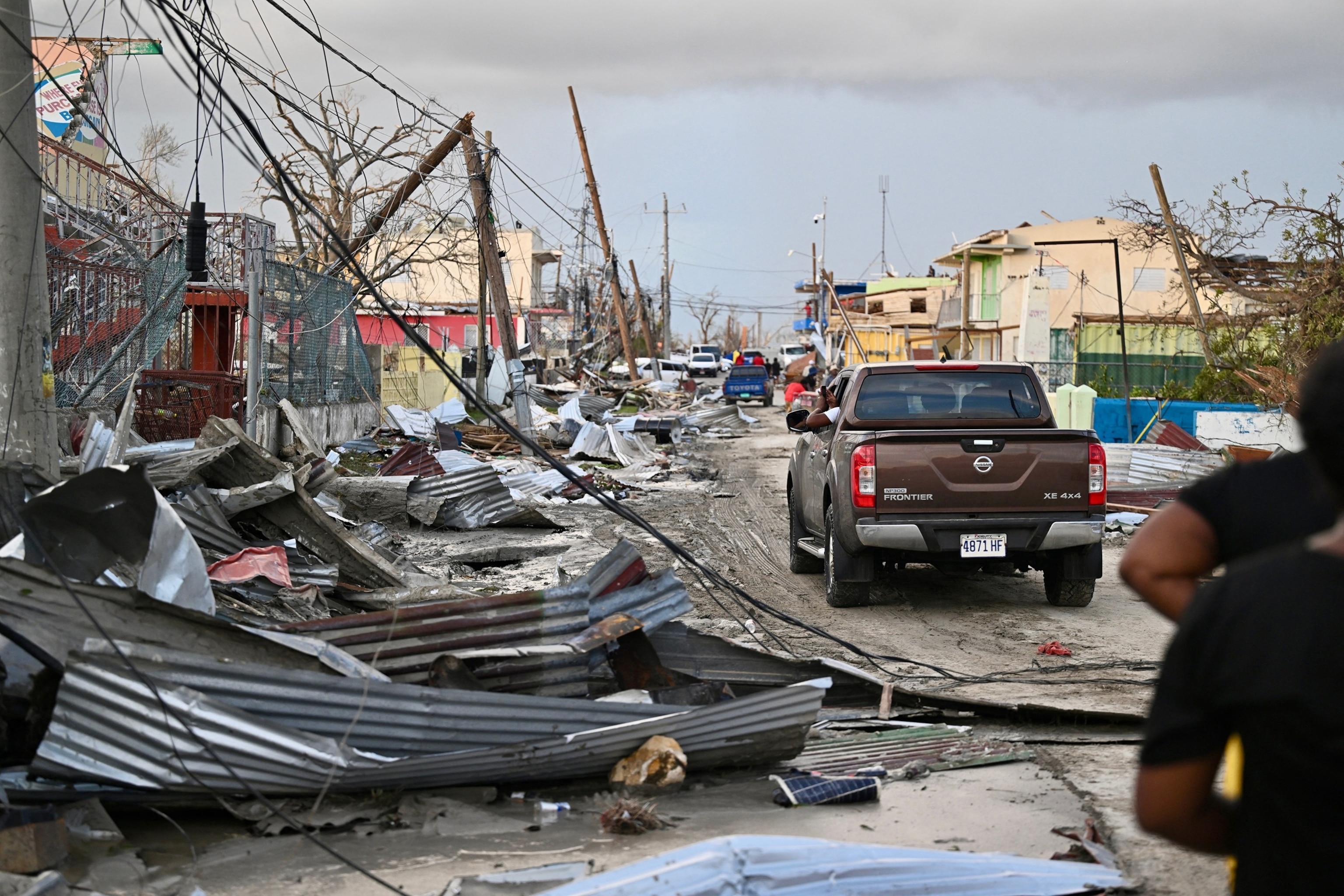
Rescue and recovery operations are hampered by widespread power outages, communications failures, and blocked roads. The death toll is growing — with more than 50 deaths attributed to the storm in Jamaica, Haiti, and the Dominican Republic — as authorities continued to verify reported deaths.
“There are entire communities that seem to be marooned and also areas that have been flattened,” said Jamaican Minister of Education, Skills, Youth, and Information Dana Dixon. “We are trying to get to the areas that have been marooned. We will get there… we are going to get to every single Jamaican and give them support.”
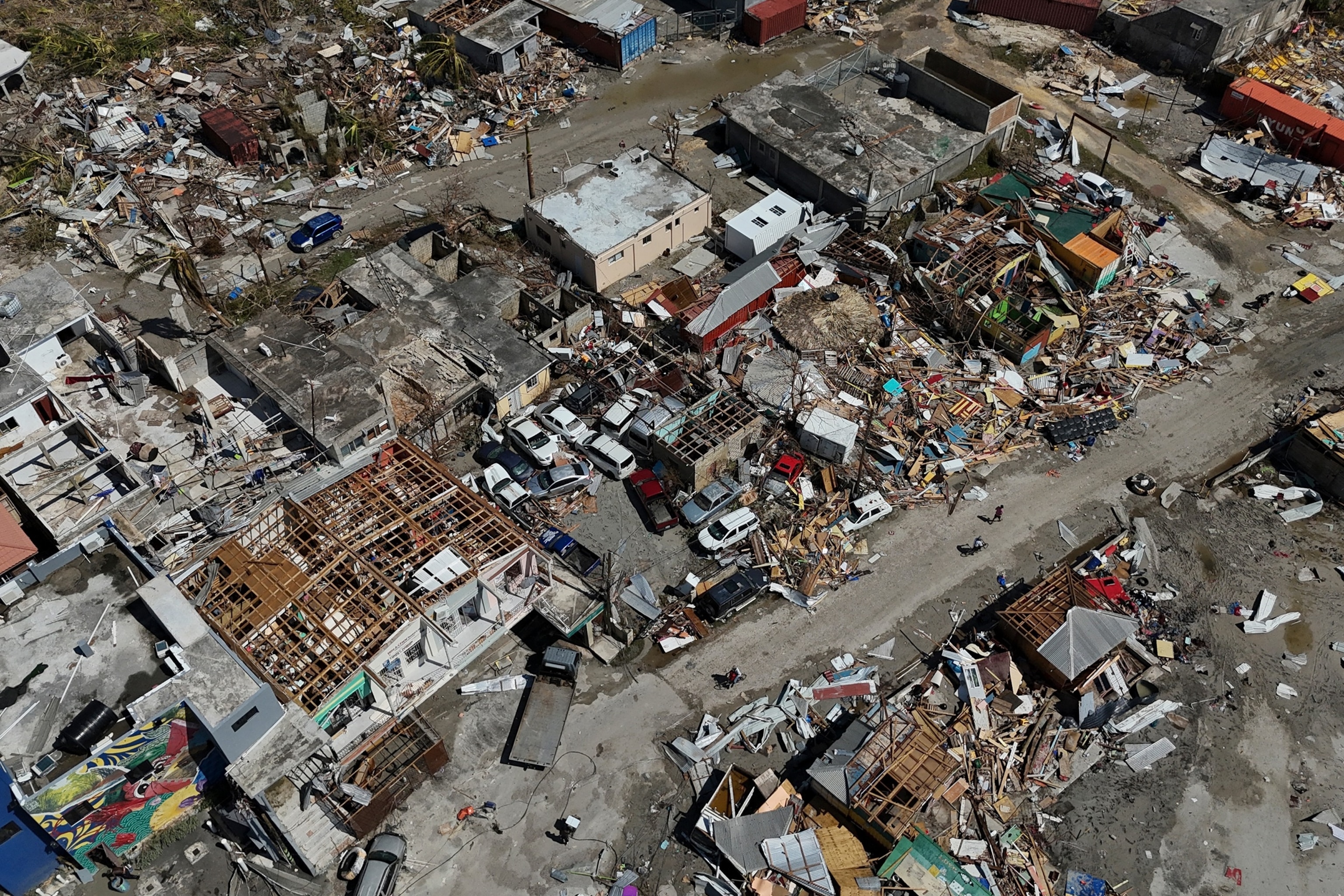
“The entire Jamaica is really broken because of what has happened, but we remain resilient,” Dixon said.
Countries, including the United States, have pledged support in the form of cash, food aid, and rescue teams. On Thursday, an Urban Search and Rescue team from Fairfax, Virginia, posted photos on social media as the team flew out to Jamaica as part of the U.S. State Department’s post-hurricane response to the country.
Over 50 deaths reported in Haiti, Jamaica, and the Dominican Republic
Authorities in Haiti, which was battered with days of rain, said Thursday that at least 30 people were killed in the storm and 20 more were missing. At least 23 people, including 10 children, died due to floods in Petit-Goâve, a coastal town about 40 miles west of the capital, where a river burst its banks.
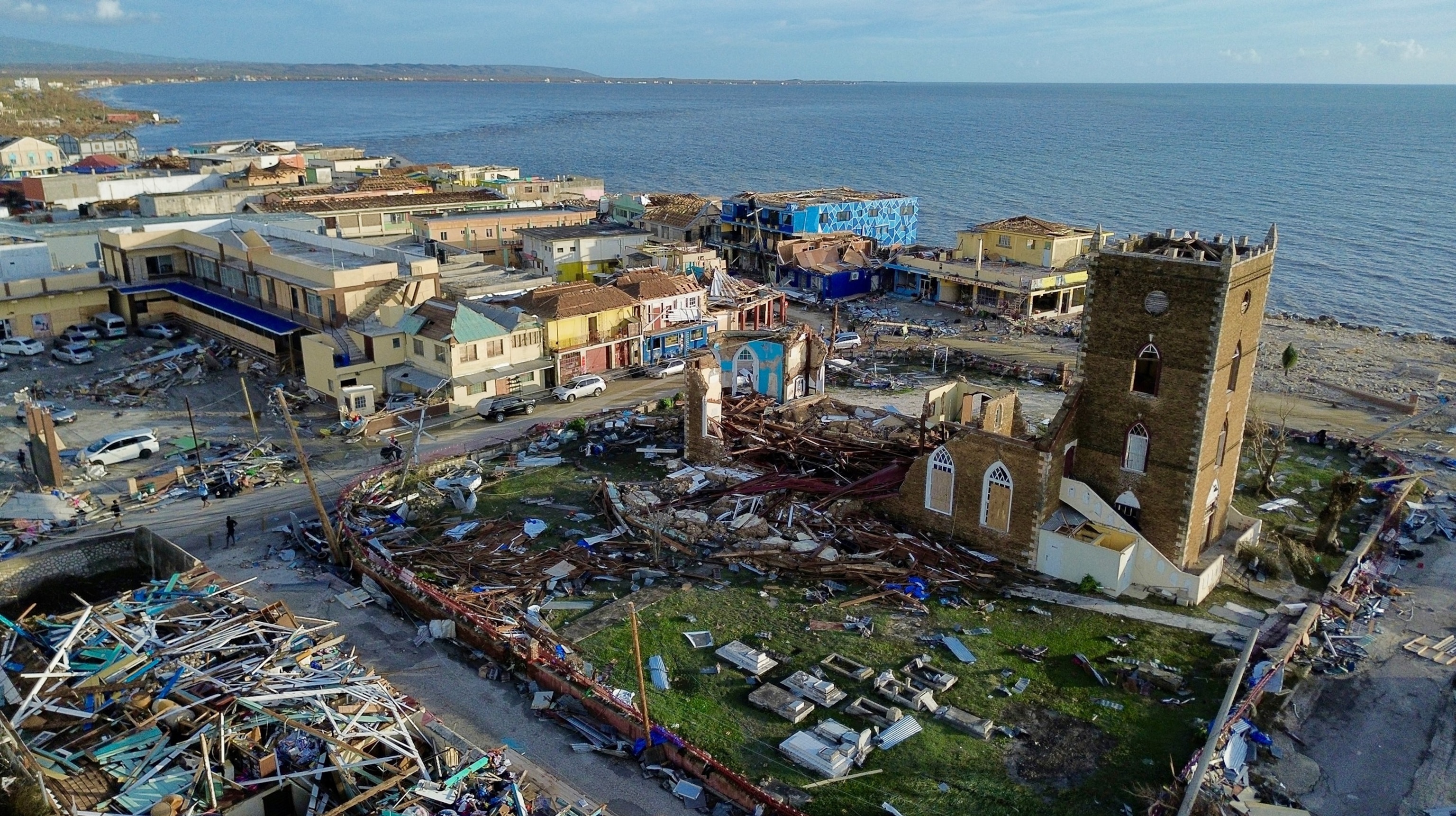
In Jamaica, officials said they had dedicated a helicopter to the recovery of bodies. The country’s information minister told Reuters on Thursday that at least 19 people were killed in the storm.
Desmond McKenzie, Jamaica’s minister of local government and community development, acknowledged during a news briefing earlier in the day that there were casualties and the number was expected to rise. He urged the public to wait for official confirmation from local authorities.
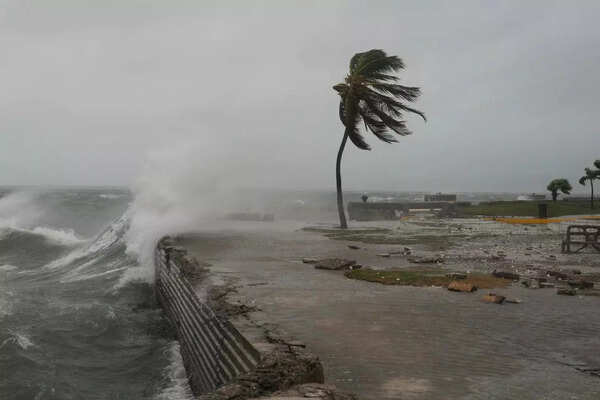
At least two deaths were reported in the Dominican Republic, including one person who died before the storm made landfall, according to the Pan American Health Organization. Before landfall, authorities also reported the storm caused three deaths in Jamaica and three in Haiti.
No deaths were reported in Cuba as of Thursday, but authorities said the island had suffered severe damage. According to Francisco Pichon, resident coordinator for Cuba at the United Nations, more than 200 communities are entirely cut off by flooding and landslides, so more information about potential casualties would be forthcoming as responders access them.
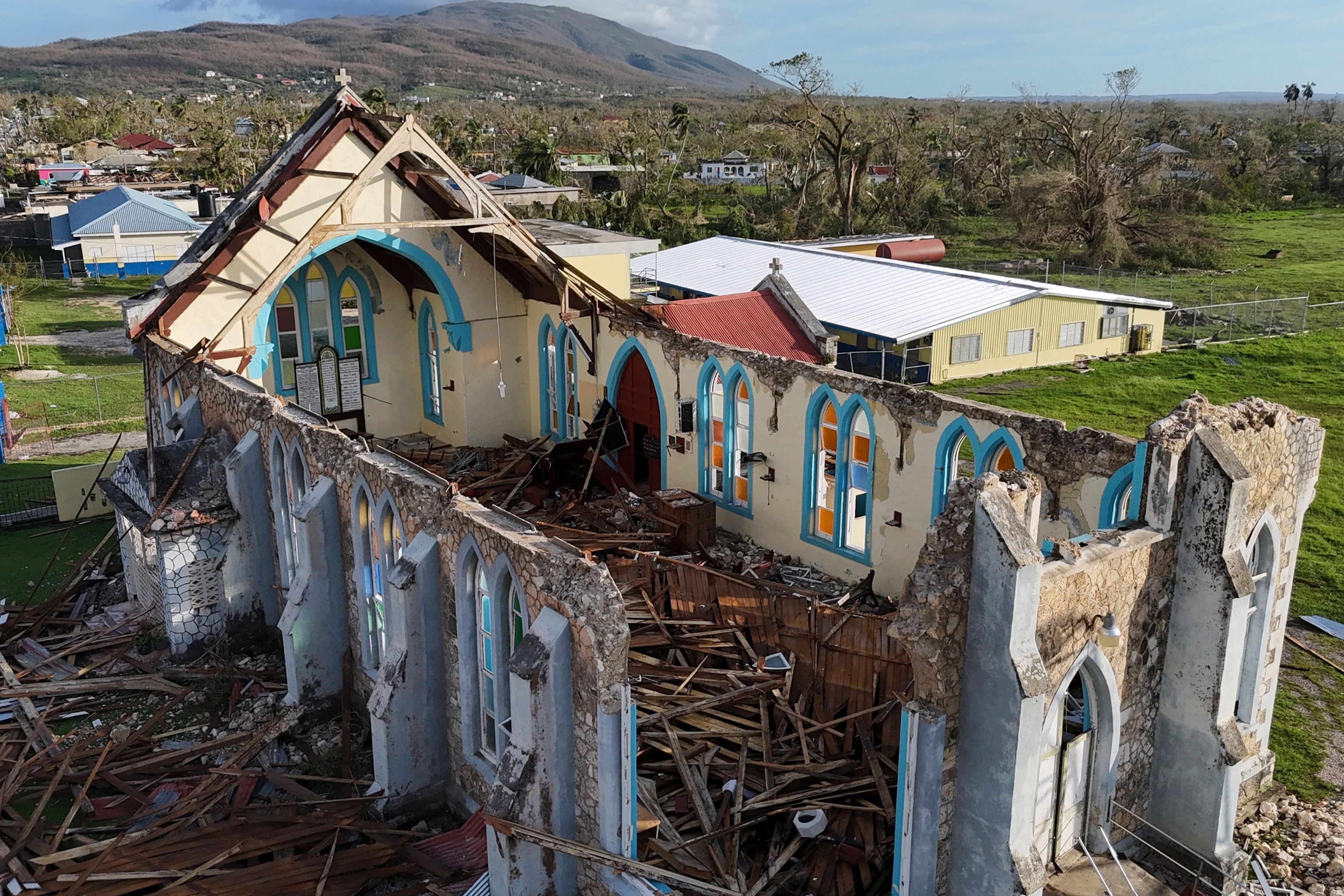
Power outages, widespread damage reported in hard-hit Jamaica
Over 70% of electrical customers in Jamaica remained without power as of Thursday morning, said the country’s Energy Minister Daryl Vaz. Many schools remained without power or water, officials said.
Aerial footage and photos showed downed power lines strewn across the island’s roadways. More than 130 roads remained blocked by trees and debris, authorities said.
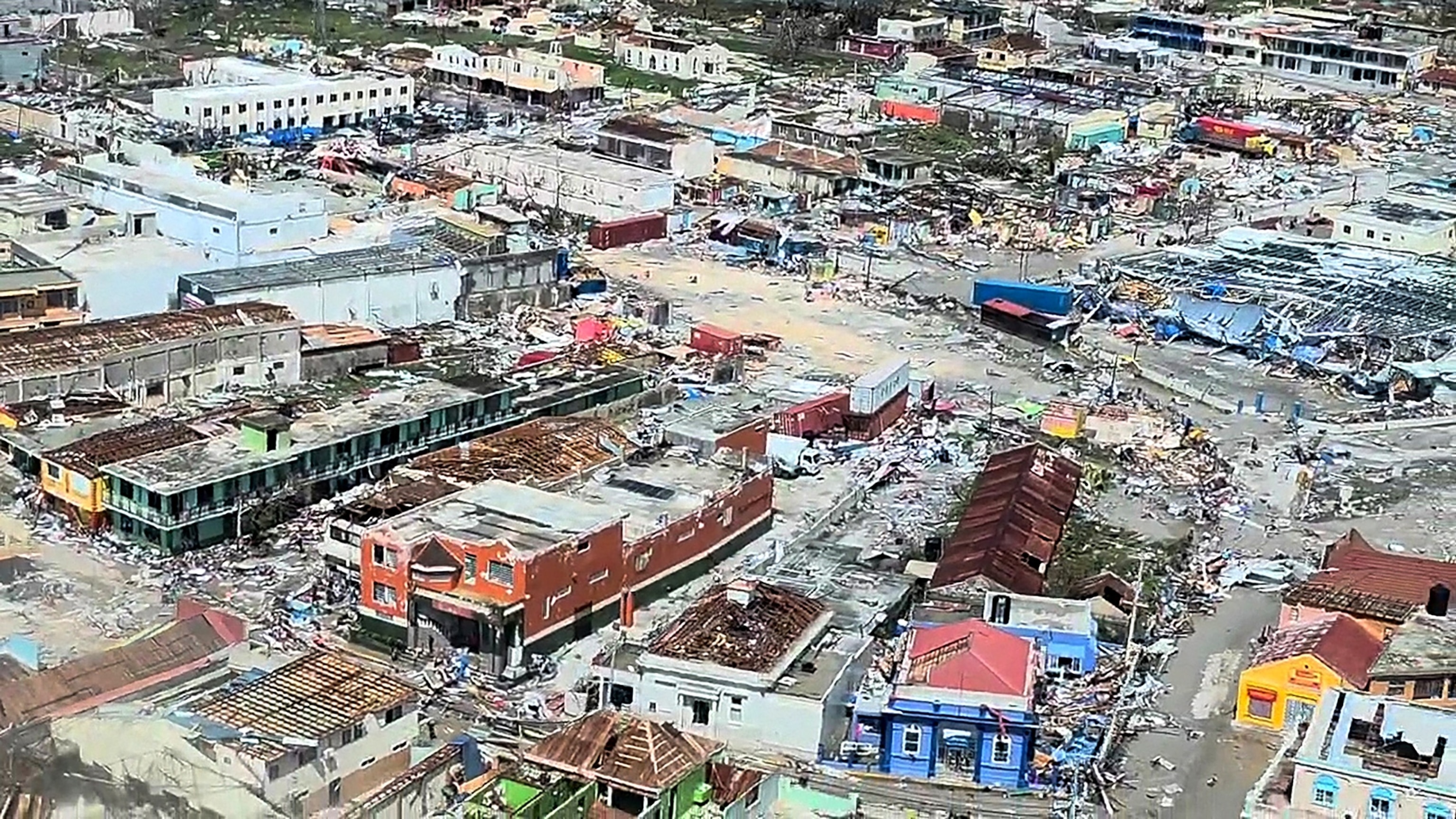
Members of the Jamaica Defence Force cleared roadways on foot into isolated areas as ambulances followed close behind. One road in the hard-hit coastal town of Black River was swamped with more than four feet of sand stretching over a mile, according to officials.
In a neighborhood of the island’s Montego Bay, 77-year-old Alfred Hines waded barefoot through thick mud and debris as he described his narrow escape from the rising floodwaters.
“At one stage, I see the water at my waist and (after) about 10 minutes, I see it around my neck here and I make my escape,” he told Reuters. “I just want to forget it and things come back to normal.”
Search and rescue teams from the United States were heading to Jamaica on Thursday to assist in recovery efforts, authorities said. Secretary of State Marco Rubio said the U.S. was prepared to offer “immediate humanitarian aid” to the people of Cuba.

Hurricane Melissa devastates Jamaica, Haiti and Cuba; at least 28 dead
People across the northern Caribbean are beginning to dig out from the destruction of Hurricane Melissa, as deaths from the catastrophic storm climbed to at least 28 across Haiti, Jamaica and the Dominican Republic, with Haiti reporting most of those fatalities. On Thursday, Melissa was moving away from the Bahamas and had turned toward Bermuda, where weather conditions were expected to “rapidly deteriorate” later in the day, according to the National Hurricane Center.
President Trump has directed the State Department “to mobilize support for affected communities” in Jamaica, the Bahamas, Cuba, Haiti, and Turks and Caicos in the aftermath of the hurricane, the department said in an announcement on Thursday. The announcement said it would also be monitoring the situation in Bermuda.
“The State Department is collaborating with UN agencies, NGOs, and host governments to deliver food, water, medical supplies, hygiene kits, temporary shelter, and search and rescue support,” the announcement said.
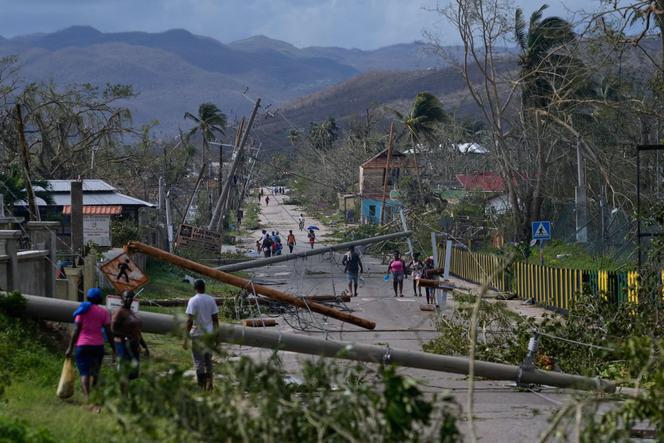
In Jamaica, the rumble of large machinery, whine of chainsaws and chopping of machetes echoed throughout the southeast as government workers and residents began clearing roads in a push to reach isolated communities that sustained a direct hit from one of the most powerful Atlantic storms on record.
Stunned residents wandered about, some staring at their roofless homes and waterlogged belongings strewn around them.
Emergency relief flights began landing at Jamaica’s main international airport, which reopened late Wednesday, as crews distributed water, food and other basic supplies.
“The devastation is enormous,” Jamaican Transportation Minister Daryl Vaz said.
At a news conference Thursday morning, Vaz and other officials spoke about some of the lingering consequences of the hurricane for communities in Jamaica.
“There are people who still have not been able to make contact with their families, their loved ones, their friends, and road access is still impossible,” Vaz told reporters, referencing isolated areas on the western side of the island that responders have not yet been able to reach. “So, you can imagine the deep, deep sense of worry that is widespread across Jamaica.”
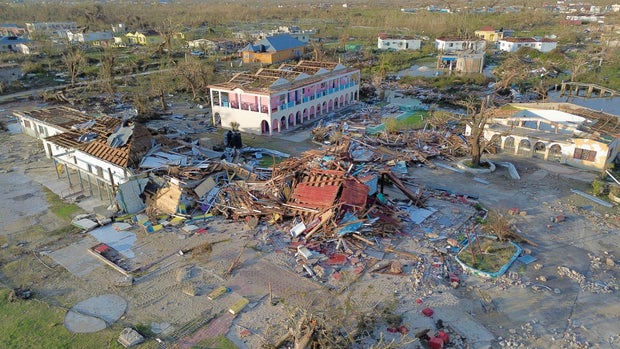
Some Jamaicans wondered where they would live.
“I am now homeless, but I have to be hopeful because I have life,” said Sheryl Smith, who lost the roof of her home.
Authorities said they have found at least four bodies in southwest Jamaica.
Prime Minister Andrew Holness said up to 90% of roofs in the southwest coastal community of Black River were destroyed.
“Black River is what you would describe as ground zero,” he said. “The people are still coming to grips with the destruction.”
More than 25,000 people remained crowded into shelters across the western half of Jamaica, with 77% of the island without power.
Dana Morris Dixon, a minister of education and information, said at a Thursday news conference that military crews and government officials were still working to access some of the western areas hit hardest by the storm. They were able to visit a handful of places by helicopter on Wednesday, but at times could not physically get to all of the locations they wanted to reach because “sometimes the helicopter could not land due to the devastation,” Dixon said.
“The military is cutting their way on foot through blocked roads,” the minister continued, adding that crews were in the middle of attempting to cut through an area covered with thick bamboo, a task they could not finish completely on Wednesday and resumed Thursday morning.
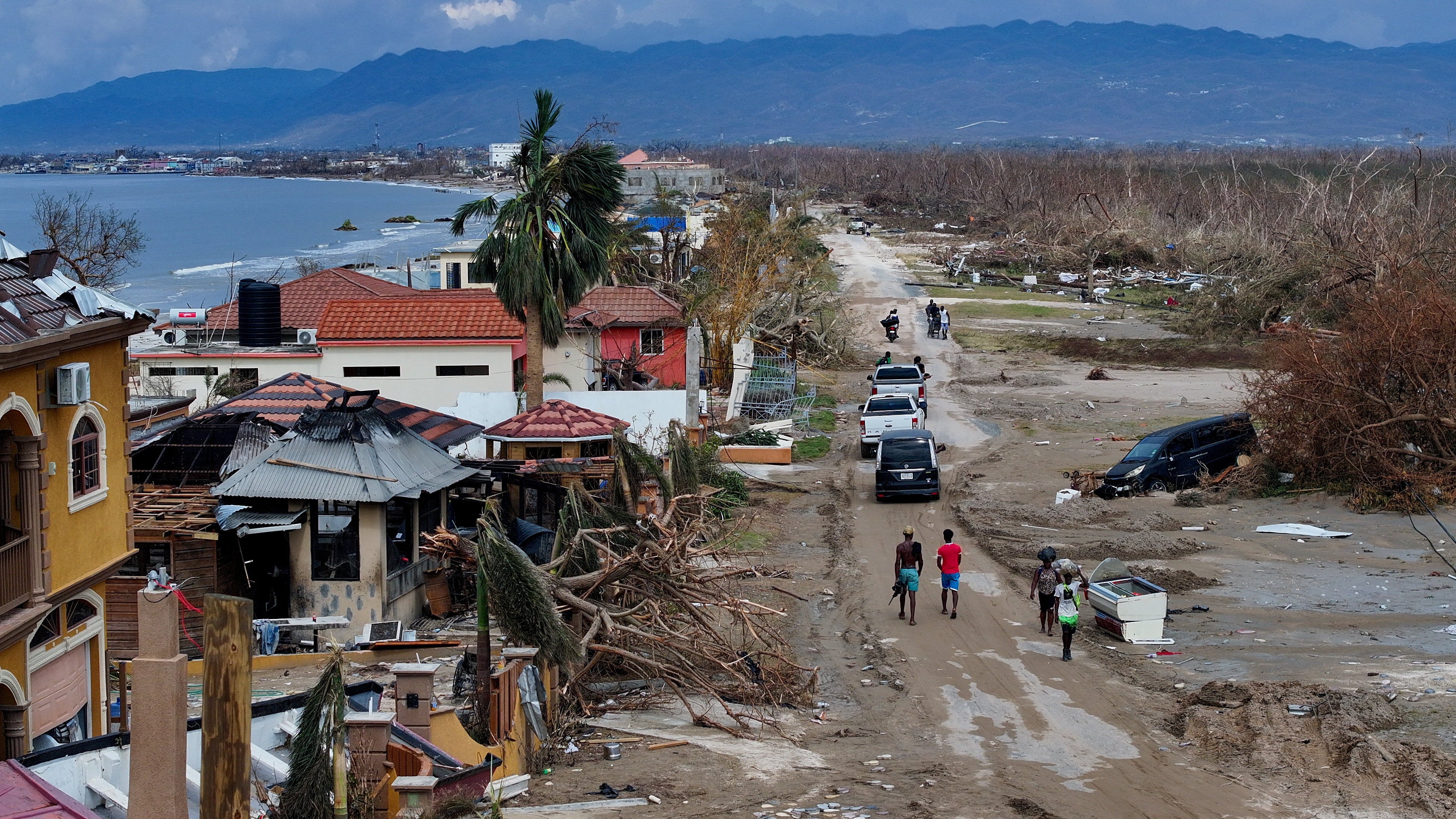
Haiti hard hit
Melissa also unleashed catastrophic flooding in Haiti, where at least 23 people were reported killed and 13 others missing, mostly in the country’s southern region. Another 17 people suffered injuries, officials said.
Haiti’s Civil Protection Agency said Hurricane Melissa killed at least 20 people in Petit-Goâve, including 10 children. It also damaged more than 160 homes and destroyed 80 others.
Officials warned that 152 disabled people in Haiti’s southern region required emergency food assistance. More than 11,600 people remained sheltered in Haiti because of the storm.
Cuba cleanup begins
In Cuba, people began to clear blocked roads and highways with heavy equipment and even enlisted the help of the military, which rescued people trapped in isolated communities and at risk from landslides.
No fatalities were reported after the Civil Defense evacuated more than 735,000 people across eastern Cuba. They were slowly starting to return home.
“We are cleaning the streets, clearing the way,” said Yaima Almenares, a physical education teacher from the city of Santiago, as she and other neighbors swept branches and debris from sidewalks and avenues, cutting down fallen tree trunks and removing accumulated trash.
In the more rural areas outside the city of Santiago de Cuba, water remained accumulated in vulnerable homes on Wednesday night as residents returned from their shelters to save beds, mattresses, chairs, tables and fans they had elevated ahead of the storm.
A televised Civil Defense meeting chaired by President Miguel Díaz-Canel did not provide an official estimate of the damage. However, officials from the affected provinces — Santiago, Granma, Holguín, Guantánamo and Las Tunas — reported losses of roofs, power lines, fiber optic telecommunications cables, cut roads, isolated communities and losses of banana, cassava and coffee plantations.
Officials said the rain was beneficial for the reservoirs and for easing a severe drought in eastern Cuba.
Many communities were still without electricity, internet and telephone service due to downed transformers and power lines.
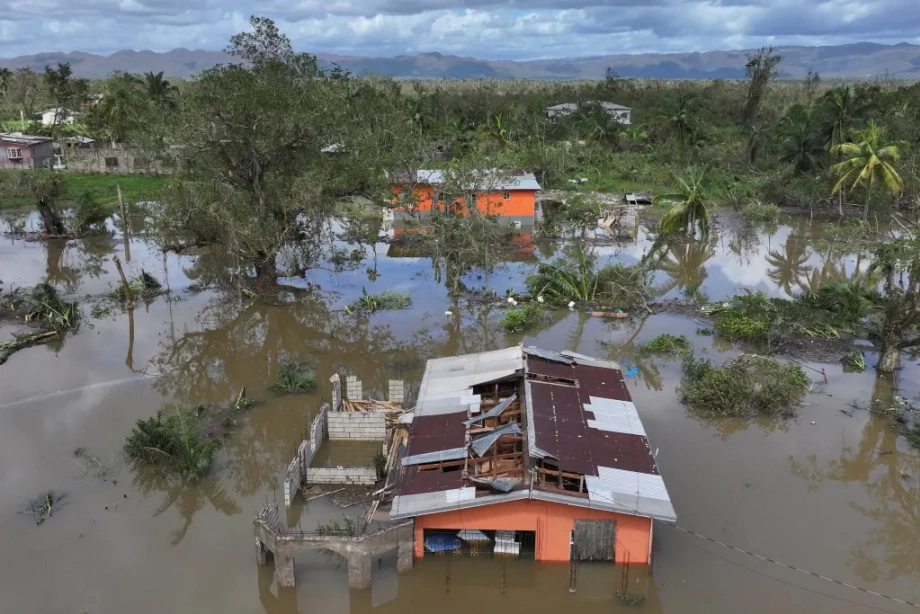
U.S. Secretary of State Marco Rubio said Thursday in a statement that the State Department would issue a declaration of humanitarian assistance for Cuba and vowed to provide the country with that assistance “directly and via local partners who can most effectively deliver it to those in need.”
“In the wake of Hurricane Melissa’s devastation of eastern Cuba, the Trump Administration stands with the brave Cuban people who continue to struggle to meet basic needs,” Rubio said in the statement.
When Melissa came ashore in Jamaica as a Category 5 hurricane with top winds of 185 mph on Tuesday, it tied strength records for Atlantic hurricanes making landfall, both in wind speed and barometric pressure. It was still a Category 3 hurricane when it made landfall again in eastern Cuba early Wednesday.
Melissa not done yet
A hurricane warning was in effect Thursday for Bermuda as Melissa began heading that way, according to the National Hurricane Center in Miami. Bermuda was already experiencing tropical storm conditions as of late Thursday night.
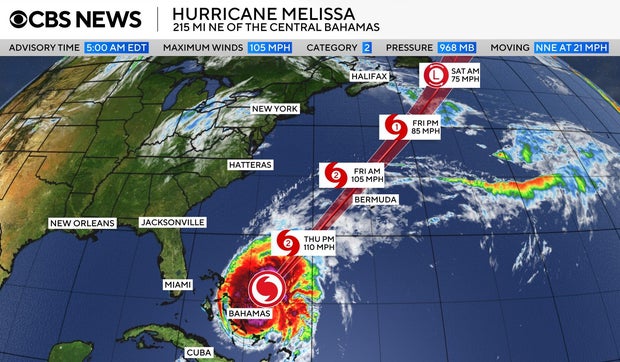
Melissa was a Category 2 storm with maximum sustained winds near 100 mph. It was moving northeast at 38 mph, the center added.
On the forecast track, the center of Melissa “is expected to pass to the northwest of Bermuda tonight and pass south of the Avalon Peninsula of Newfoundland Friday night,” the center said. “However, Melissa is expected to weaken later tonight and Friday and become a post-tropical low by Friday night.”
Hurricane Melissa set to trigger $150 million Jamaica catastrophe bond to help rebuild
- Hurricane Melissa has likely triggered Jamaica’s $150 million catastrophe bond, structured by Aon.
- The $150 million bond is designed to help the island rebuild after natural disasters by providing Jamaica parametric coverage against losses from named storms.
- In order to trigger the full payment, the storm has to meet a particular strength criteria.

Hurricane Melissa, the most powerful Atlantic hurricane of the year, made landfall this week as a Category 5 storm in Jamaica. The strength of the storm means it will likely trigger a full payout from a catastrophe bond designed to provide funds to the island in the event of catastrophic weather events.
The $150 million catastrophe bond, structured by Aon, is intended to help the island’s people rebuild after natural disasters by providing Jamaica parametric coverage against losses from named storms. The policy took effect this year and lasts through 2027.
The government of Jamaica is the first government in the Caribbean region, and the first of any small island state, to independently sponsor a cat bond, according to Aon. Its likely payout demonstrates the value of a unique type of backstop funded by the private markets.
In order to trigger the full payment, the storm has to meet a particular strength criteria. The central pressure of the storm must be at or below 900 millibars as its makes landfall and crosses the island nation.

Early data from the National Hurricane Center shows Hurricane Melissa’s pressure stayed below 900 millibars in several areas. Those readings are in the process of being verified by an independent calculation agent.
“While the final numbers are still being verified, the early signs suggest the transaction is doing what it was designed to do: getting critical funds to the country quickly after a major disaster,” Chris Lefferdink, Aon’s head of insurance-linked securities for North America, said in a statement.
The review process typically takes 2 to 3 weeks, and the earliest possible payout to Jamaica could come in approximately 1 month, according to a spokesperson from Aon.
Previous parametric transactions payouts have taken 3 months or more, but for this event Aon used an innovative data source to enable faster payments.
The catastrophe bond was placed using the International Bank for Reconstruction and Development’s “capital at risk” program, which is used to transfer the risks associated with natural catastrophes to the capital markets, allowing the country to access funds quickly after a major event.

“What you have is a capital provider putting funds in the pool, an insurer putting the coupon for those funds in the pool [and] if the storm hits that criteria, they get the money in a much quicker fashion,” Aon CFO Edmund Reese told CNBC’s Contessa Brewer in an interview.
Catastrophe bond and insurance-linked securities were created in the mid 1990s in the wake of Hurricane Andrew’s destruction. They’ve since grown in popularity, with the cat bond market growing by over 50% since the end of 2022 to nearly $55 billion.
“Public-private partnerships like Jamaica’s continue to highlight how parametric insurance can deliver rapid, transparent relief in the wake of severe storms,” Lefferdink said.
Jamaica very narrowly missed the requirements necessary to receive a payout from a separate cat bond when Hurricane Beryl battered the island in 2024, resulting in $995 million in damages to homes, crops and infrastructure, according to the National Hurricane Center.
Jamaica reports 19 deaths from Hurricane Melissa, total death toll climbs to 44

California deploys search and rescue personnel to Jamaica following Hurricane Melissa
LOS ANGELES — Continuing to use California’s expertise to help communities across the world, today, Governor Gavin Newsom announced the deployment of a highly trained Urban Search and Rescue (USAR) team with unique international experience from Los Angeles to arrive in Jamaica as the nation grapples with the impact of the deadly Category 5 Hurricane Melissa.
California stands ready to help when disaster strikes—whether it’s here at home or a world away. The deployment of this urban search and rescue team to Jamaica is a reflection of our commitment to lend a hand to those in need, to share our expertise, and to show that compassion and solidarity truly know no borders.
Governor Gavin Newsom
The Urban Search and Rescue team from the Los Angeles County Fire Department has unique training qualifications for international deployment in addition to extensive search and rescue expertise. Urban Search and Rescue (USAR) is a specialized discipline that involves locating, extricating, and providing initial medical stabilization for victims trapped in confined spaces due to structural collapses, transportation accidents, or other disasters. These teams use a multi-hazard approach, responding to events like earthquakes, tornadoes, and terrorist attacks. They are highly trained and self-sufficient teams that provide a variety of technical skills and equipment to manage complex disaster situations, often working alongside local emergency services.
This team will join colleagues from Fairfax County, Virginia as they are the only search and rescue teams in the country with the unique combination of search and rescue and international qualifications. The teams also include search and rescue canines and specialized equipment.
“California has built one of the world’s most advanced urban search and rescue programs in the world,” said Cal OES Director Nancy Ward. “We are proud to stand with our neighbors as so many states and international partners have aided California in our times of need.”
Hurricane Melissa’s regional impact
Hurricane Melissa made landfall as a powerful Category 5 storm with sustained winds of 185 miles per hour that left destruction across the Caribbean, including Jamaica. By Thursday, Hurricane Melissa dropped down to a Category 2 storm packing 105 mph winds as it approached Bermuda.
Catastrophic flash flooding and landslides are expected to persist in parts of the region, according to the National Hurricane Center. Jamaica is among the hardest-hit areas, where severe flooding and destructive winds have obliterated homes and brought down utility poles.
Hurricane Melissa is one of the most powerful storms ever recorded in the Atlantic Ocean, based on wind strength and pressure.
California helping its neighbors
This latest deployment reaffirms California’s role as a global leader in disaster response, where skill, compassion, and collaboration come together to save lives and help communities rebuild with dignity and resilience.
Today’s deployment builds on California’s extensive history of national and international mutual aid assistance. California has a strong record of helping other countries with search and rescue following a disaster, most recently in the wake of a 7.8 earthquake in Turkey along with other disasters around the world.
Governor Newsom deployed California support to Florida to bolster the response to Hurricane Helene. California also sent aid to Florida in October 2024 to assist after Hurricane Milton, and to Texas in July and Georgia in August in response to tropical storms. In the past two years, California has also deployed firefighters to New Mexico, Hawaii, Oregon and Montana.

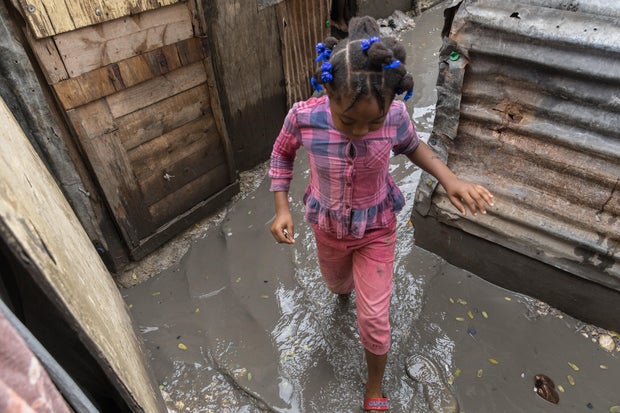


:max_bytes(150000):strip_icc():focal(736x500:738x502)/markise-outing-mugshot-062724-f5fbe2fef26d427badb667eb5c29accd.jpg?w=1200&resize=1200,0&ssl=1)
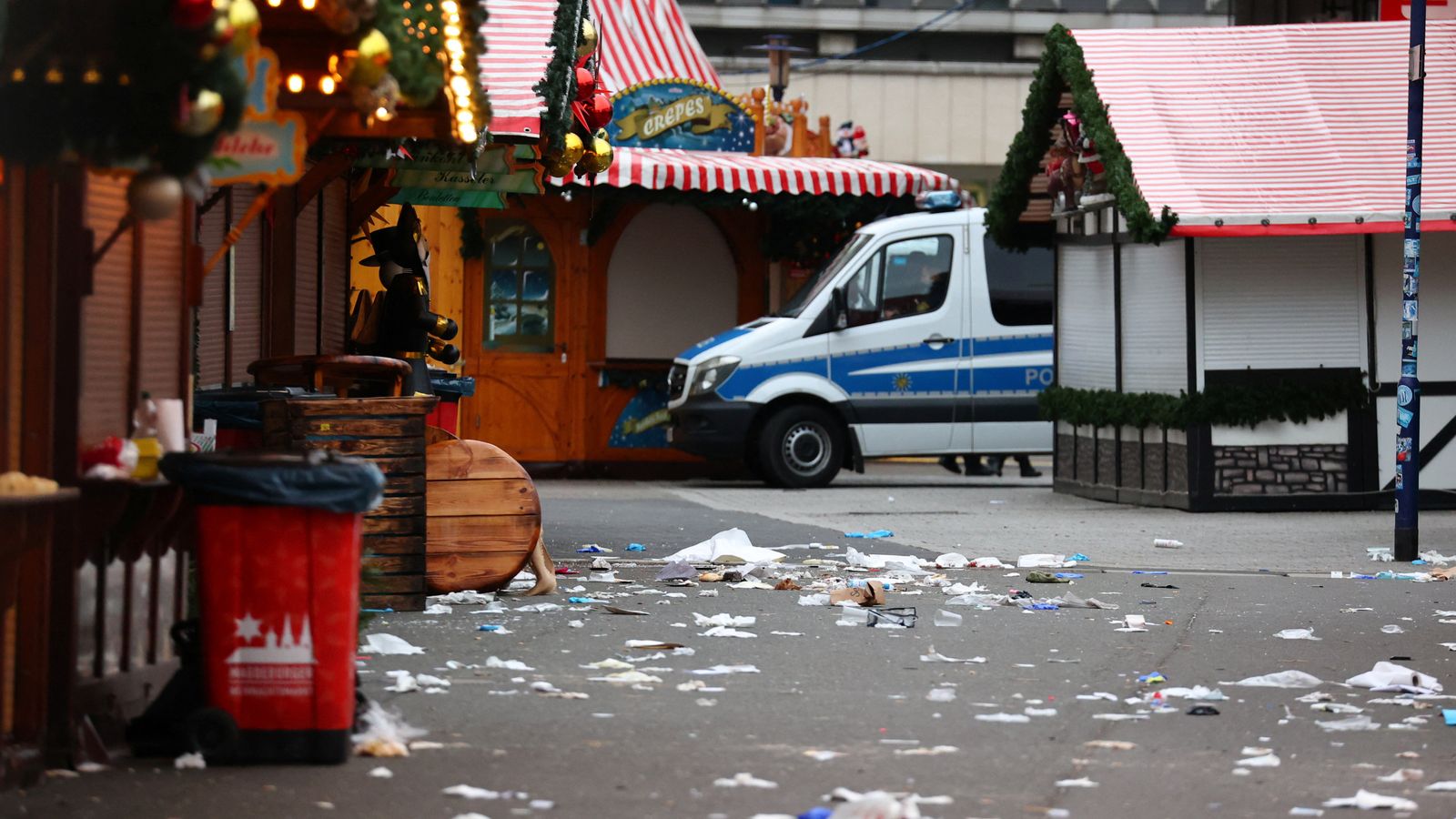


:max_bytes(150000):strip_icc():focal(736x275:738x277):format(webp)/sydney-towle-120525-2-a3f5696600514167b3e038d003990333.jpg?w=1200&resize=1200,0&ssl=1)










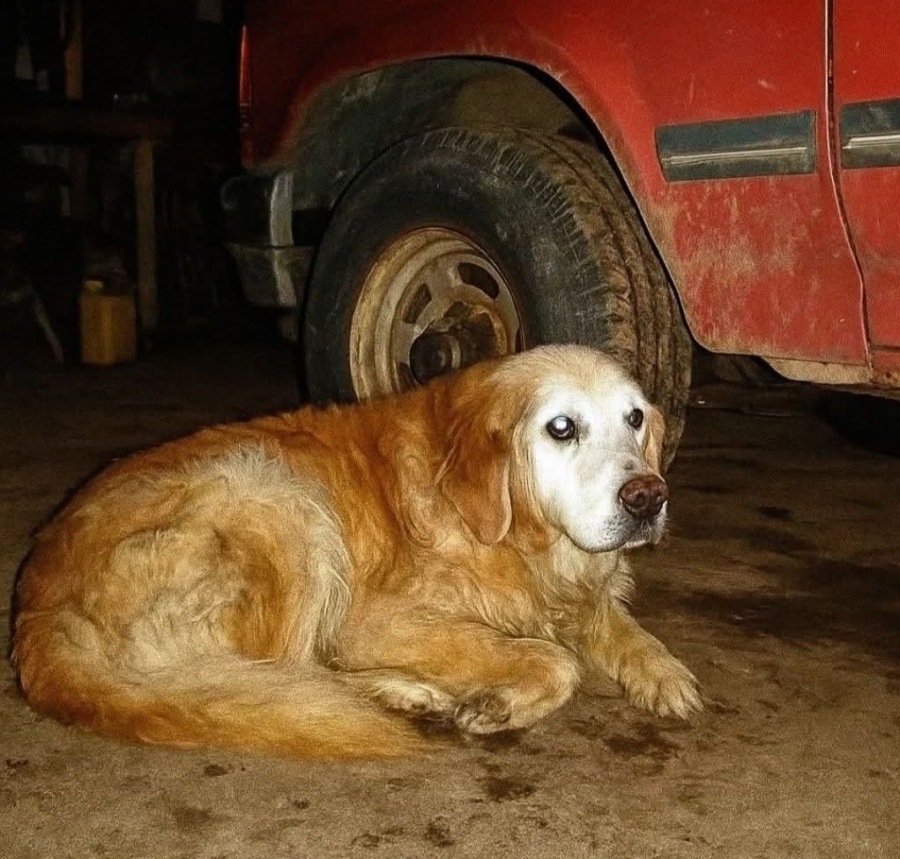











:max_bytes(150000):strip_icc():focal(749x0:751x2):format(webp)/kelly-osbourne-weight-loss-121025-b283f8fca8744c28ad8f9cdff86eea30.jpg?w=1200&resize=1200,0&ssl=1)


:max_bytes(150000):strip_icc():focal(749x0:751x2)/blake-lively-ryan-reynolds-112125-6d83ee2e446a4e7986a2027dc72f7f51.jpg?w=1200&resize=1200,0&ssl=1)








